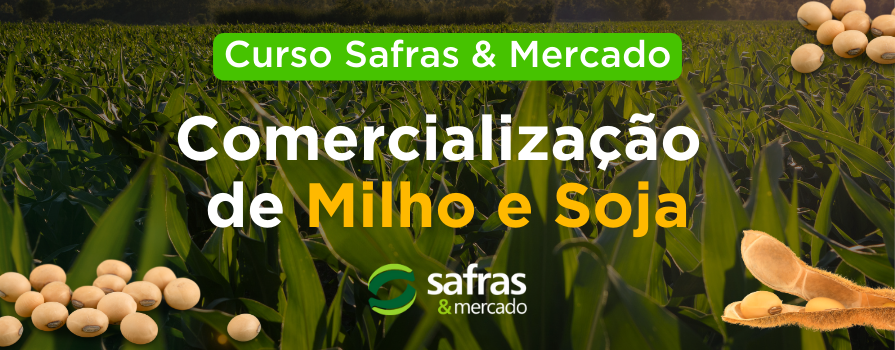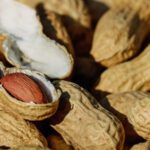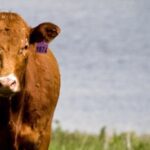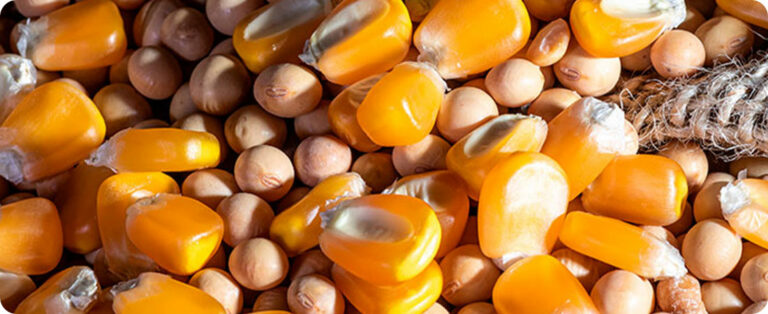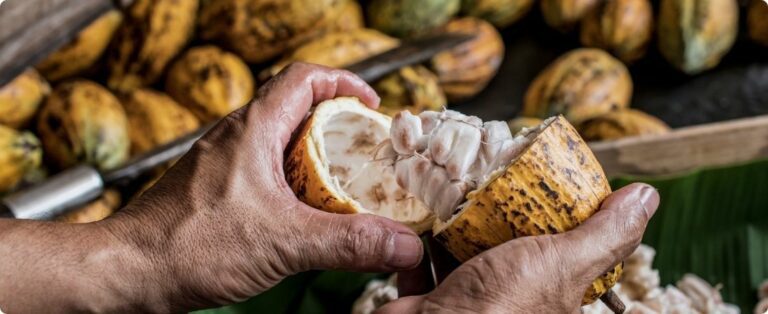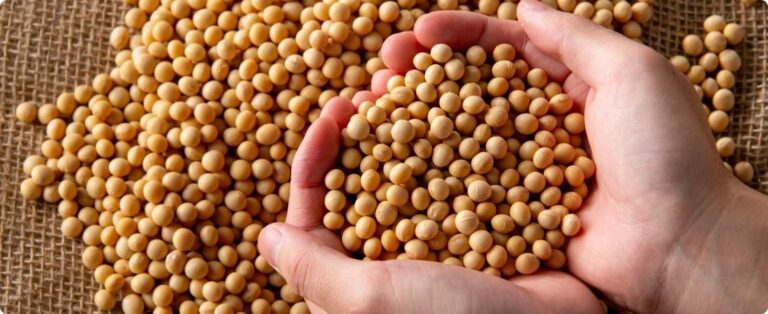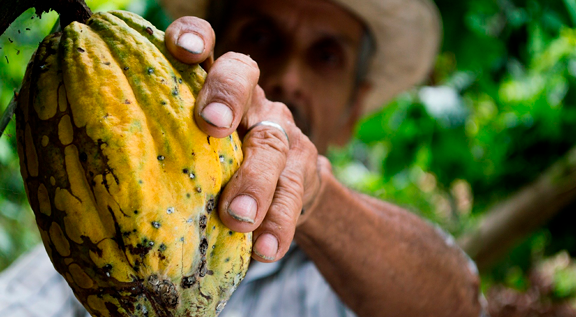
Image: Pixabay
Brazil detected the first case of Moniliophthora roreri (Cacaueiro Moniliasis), in an urban area in the municipality of Cruzeiro do Sul (AC). Until then, the plague was considered quarantine absent in the country. The Ministry of Agriculture, Livestock and Supply (Mapa) declared the state of Acre as an “area under quarantine”. The measure was published in the Official Gazette of the Union this Thursday (5), through Ordinance No. 372 and seeks to contain the spread of the disease.
{module Form RD}
The declaration, made for the entire state of Acre, implies the prohibition of the transit of plant materials (fruits, plants) that host the pest (species of the genus Theobroma and Herrania) from the entire state to the other units of the federation.
“This is a precautionary measure, which aims to provide greater support for inspection actions on the transit of vegetables, carried out by State Agricultural Defense Agencies, with a view to preventing the spread of the pest to free areas of the country, mainly to areas of cocoa and cupuaçu cultivation”, explains the general coordinator of Plant Protection, Graciane de Castro.
The status of “area under quarantine” for the entire state will remain in force until the work to delimit the exact area where the pest occurs is completed and the planned measures for preventing and eradicating the pest provided for in the National Moniliophthora Prevention and Surveillance Plan are structured. roreri.
Moniliasis is a devastating disease that mainly affects plants of the genus Theobroma, such as cocoa (Theobroma cacao L.) and cupuaçu (Theobroma grandiflorum), causing losses in production and an increase in costs due to the need for additional management measures and application of fungicides to control the pest.
The Map warns that due to its potential for damage to the crops it affects, it is of fundamental importance to immediately notify the local phytosanitary authorities of any suspected occurrence of the pest in other regions of the country.
Bahia and Pará are the main producers of cocoa beans in Brazil, responsible for approximately 95% of all national production. A small portion is produced by states such as Espirito Santo, Rondônia and Minas Gerais.
By: Eliza Maliszewski | agrolink

